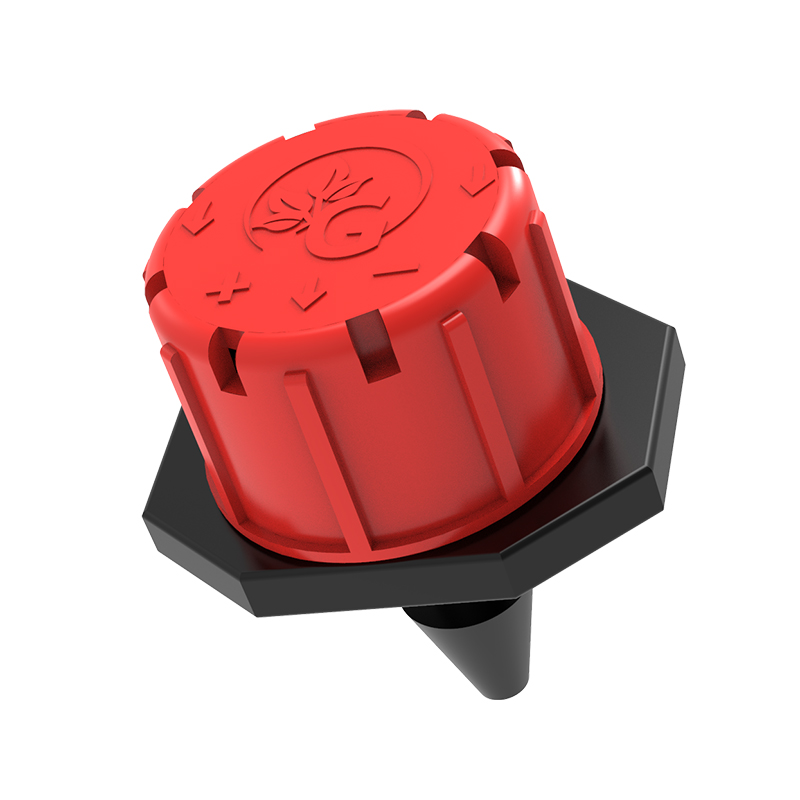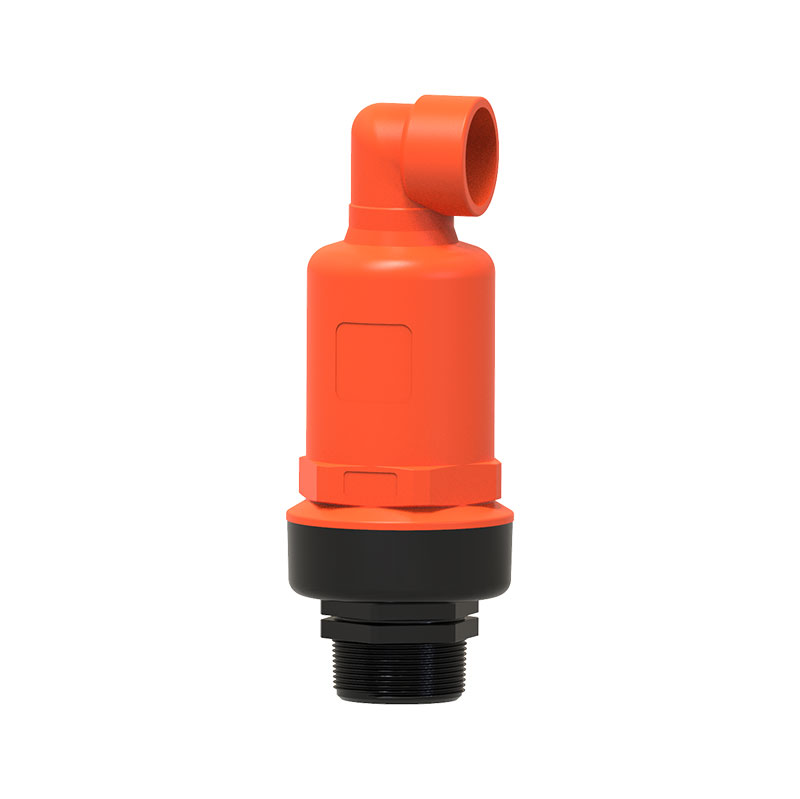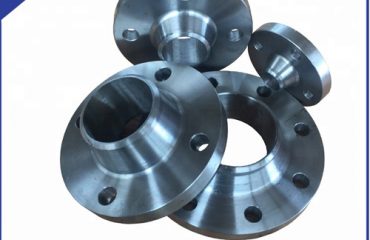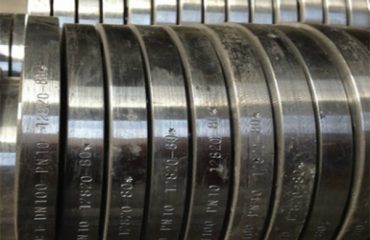
Irrigation fittings are essential components that keep irrigation systems running smoothly, ensuring water reaches plants, crops, or lawns in a controlled and effective way. Without the right fittings, even the best-designed irrigation setup can suffer from leaks, low water pressure, or uneven water distribution—all of which waste water and harm plant health. Understanding the different types of irrigation fittings and how to use them is key for anyone managing a residential garden, commercial farm, or public green space.
One of the most common categories of irrigation fittings is connectors. These parts link different sections of irrigation pipes, hoses, or tubes, creating a seamless path for water flow. Connectors come in various designs to match different pipe materials, such as PVC, polyethylene (PE), or rubber. For example, slip-on connectors are ideal for PVC pipes, as they slide over the pipe end and are secured with glue for a tight seal. Push-to-connect fittings, on the other hand, are popular for PE tubes because they require no tools—users simply push the tube into the fitting, and internal rings hold it in place. This versatility makes connectors suitable for both small backyard systems and large agricultural setups.
Another important type is valves, which control the on-off flow of water and regulate pressure within the irrigation system. Ball valves, with their simple lever operation, are often used for main water lines, allowing users to shut off the entire system quickly for maintenance. Check valves are equally useful, as they prevent water from flowing backward. This is critical in systems with uphill sections or when using a pump, as backflow can damage equipment or contaminate water sources. Pressure-regulating valves (PRVs) are also essential, especially in areas with high municipal water pressure. They reduce pressure to a safe level, preventing pipes and fittings from bursting and ensuring consistent water output from sprinklers or drippers.

Adapters are another vital group of irrigation fittings, bridging the gap between components of different sizes or types. For instance, an adapter might connect a standard garden hose (with a ¾-inch thread) to a smaller dripper line (with a ½-inch diameter). Adapters also help transition between different materials—like connecting a metal faucet to a plastic irrigation pipe. Without the right adapter, it’s impossible to create a functional system, as parts often have varying sizes or connection styles.
When choosing irrigation fittings, several factors should be considered. First is material compatibility. Fittings must be made from a material that works with the pipes or hoses in the system. For example, PVC fittings should be used with PVC pipes, as mixing materials can lead to leaks or chemical reactions. Second is water pressure rating. Each fitting has a maximum pressure it can handle, and exceeding this can cause damage. It’s important to check the system’s water pressure and choose fittings that match or exceed that rating. Third is environmental conditions. Fittings used outdoors need to be resistant to UV rays, extreme temperatures, and corrosion. Brass fittings, for example, are durable and corrosion-resistant, making them a good choice for outdoor systems, while plastic fittings are lightweight and cost-effective for less harsh environments.
Proper maintenance of irrigation fittings is also crucial for long-term system performance. Regular checks should be done to look for leaks, cracks, or loose connections. Leaks are often easy to fix—replacing a worn washer in a connector or tightening a valve can resolve the issue. It’s also important to clean fittings periodically, especially those in dripper systems, as clogs from dirt or mineral deposits can block water flow. In colder climates, fittings should be drained or insulated during winter to prevent freezing, which can cause pipes and fittings to crack.
 Language
Language Espanol
Espanol English
English Italian
Italian عربى
عربى
 Skype: chinamaker99
Skype: chinamaker99  Tel: 86-316-5120812
Tel: 86-316-5120812  Email:
Email:  Whatsapp:
Whatsapp: 

